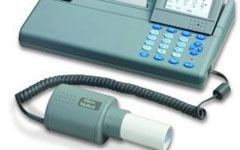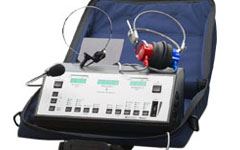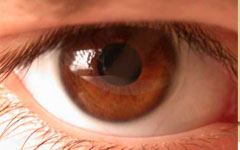
SPIROMETRY ASSESSMENT
Spirometry test is performed to determine individual’s lung functioning level through the use of Spirometer.
Procedure
During the test, soft nose clips may be used to prevent air escaping through the nose. Filter mouthpieces may be used to prevent the spread of microorganisms.
AUDIOMETRY ASSESSMENT
Audiometry test is performed to determine individual’s hearing loss level through the use of Audiogram
Hearing assessment
Before carrying out a hearing test, it is important to obtain information about the person’s past medical history, not only concerning the ears but also other conditions which may have a bearing on possible hearing loss detected by an audiometric test.
The hearing loss is usually bilateral, but variations in each ear can also be observed. Wax in the ear can also cause hearing loss, so the ear should be examined to see if syringing is needed; also to determine if the eardrum has suffered any damage which may reduce the ability of sound to be transported to the cochlea.
VISION ASSESSMENT
For a person to benefit from low vision assessment, he or she must be motivated to make use of the residual vision and must again be willing to use the various aids that would be prescribed.
TRAINING IN OCCUPATIONAL HEALTH AND SAFETY PROMOTION AT WORK PLACE, INDUSTRIES AND MINING COMPANIES
The basic forced volume vital capacity (FVC) test varies slightly depending on the equipment used. Generally, the patient is asked to take the deepest breath they can, and then exhale into the sensor as hard as possible, for as long as possible, preferably at least 6 seconds. It is sometimes directly followed by a rapid inhalation (inspiration), in particular when assessing possible upper airway obstruction.
Sometimes, the test will be preceded by a period of quiet breathing in and out from the sensor (tidal volume), or the rapid breath in (forced inspiratory part) will come before the forced exhalation.

Apart from testing hearing, part of the function of audiometry is in assessing or evaluating hearing from the test results. The most commonly used assessment of hearing is the determination of the threshold of audibility, i.e. the level of sound required to be just audible.
This level can vary for an individual over a range of up to 5 Decibels from day to day and from determination to determination, but it provides an additional and useful tool in monitoring the potential ill effects of exposure to noise.

Vision test is performed to determine individual’s visual acuity through the use of Snell chart and eye test machine.
Low vision is both a subspecialty and a condition. Optometrists and Ophthalmologists after their training may undergo further training in Low vision assessment and management.
There are various classifications for low vision, this varies from country to country and even from state to state. It must however be noted that the work of a low vision specialist is very important as they aid individuals with reduced vision even in the presence of conventional lenses to be able to make use of their residual vision.


The certificate course content comprise of safety measures are through risk and hazard prevention, identification, management, control, monitoring and evaluation.
All rights reserved © Radithama OHS 2014
